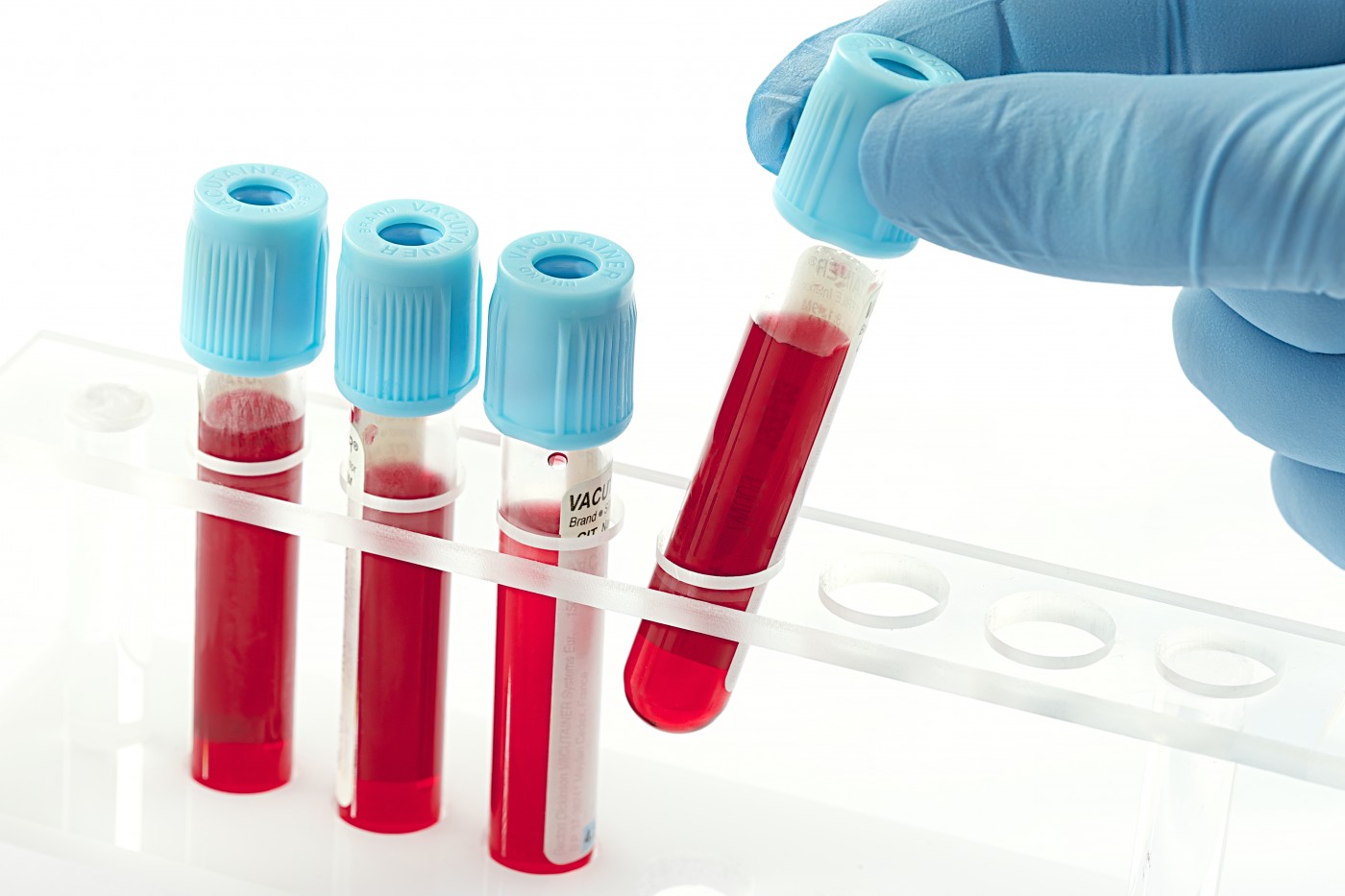Oxford University researchers have developed a test that measures the level of antibodies targeting the protein tenascin-C and can predict an individual’s likelihood of developing rheumatoid arthritis (RA). The paper, entitled “Identification of an immunodominant peptide from citrullinated tenascin C as a major target for antibodies in rheumatoid arthritis” and published in Annals of the Rheumatic Diseases, highlights the newly discovered method, which could give physicians a much-needed tool for improving RA diagnosis.
The new diagnostic method involves Citrullination, a process where arginine residues are converted to the non-standard amino acid citrulline, leading to the alteration of circulating proteins. These citrullinated proteins are found at increased levels in sites of inflammation, such as joints of patients with RA. Anticitrullinated protein antibodies (ACPAs), measured through cyclic-citrullinated peptide (CCP) assays, have been established as markers for RA, however, tests for individual proteins recognized by ACPAs offer low diagnostic sensitivity when analyzed individually.
Tenascin-C, a glycoprotein up-regulated during inflammation, is found in high levels in the joints of RA patients. Researchers analyzed if this protein could be citrullinated and if it represented a target for the autoantibodies responsible for the autoinflammation process in RA pathogenesis. Analysis of more than 2000 patients revealed that testing for antibodies targeting citrullinated tenascin-C (cTNC) led to a diagnosis of around 50% RA cases. Moreover, this testing was 98% accurate at ruling out diagnosis, which constitutes a very low rate of false positive results.
These results could represent a step forward in the early and correct diagnosis and treatment of RA. “What is particularly exciting is that when we looked at samples taken from people before their arthritis began, we could see these antibodies to cTNC up to 16 years before the disease occurred — on average the antibodies could be found seven years before the disease appeared. This discovery therefore gives us an additional test that can be used to increase the accuracy of the CCP assay and that can predict RA, enabling us to monitor people and spot the disease early. This early detection is key because early treatment is more effective,” Professor Kim Midwood commented in a press release.


